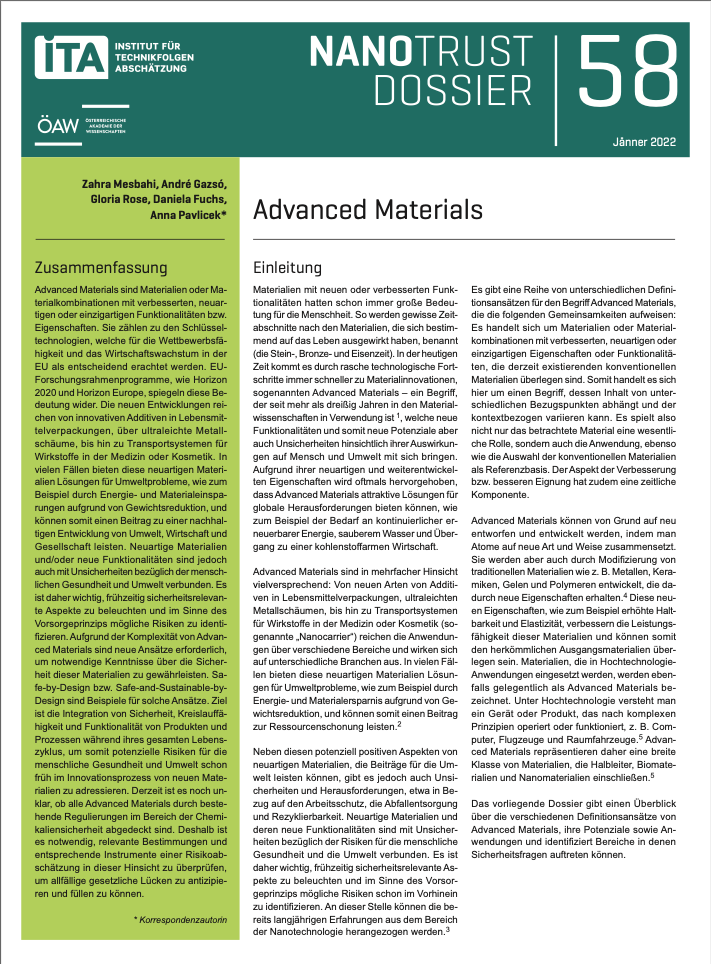Abstract:
Based on their special chemical and physical properties, synthetically produced nanomaterials are currently being used in a wide range of products and applications. At the end of their product life cycle, nanomaterials can enter waste treat ment plants and landfills via diverse waste streams. Little, however, is known about how nanomaterials behave in the disposal phase and whether potential environmental or health risks arise. There are no specific legal requirements for a separate treatment of nanomaterial-containing wastes. Virtually no information is available about the nanomaterials currently in use, their form and composition, or about their amounts and concentrations. The current assumption is that stable nanoparticles (e.g. metal oxides) are neither chemically nor physically altered in waste incineration plants and that they accumulate especially in the residues (e.g. slag). These residues are ultimately dumped. The disposal problem in the case of stable nanoparticles is therefore merely shifted to the subsequent steps in the waste treatment process. Carbon nanotubes (CNT) are almost completely combusted in incineration plants. Filter systems seem to be only partially efficient, and a release of nanoparticles into the environment cannot be excluded. Incinerating nanomaterials contained in products can also promote the development of organic pollutants as undesired by-products. Only few studies are available on the behavior of nanomaterials in landfills. Moreover, recycling such products could release nanomaterials, most likely when these are shredded and crushed.
Das NanoTrust-Team bietet an dieser Stelle in loser Folge sog.
Dossiers an,
die in leicht-fasslicher, aber wissenschaftlich fundierter Weise auf ca.
drei bis sechs Seiten den aktuellen Wissensstand zu den aktuellen Themen der
aufkommmenden Nanodebatte zusammenfassen.



 Home
Home Print
Print
 References
References
 Share
Share
